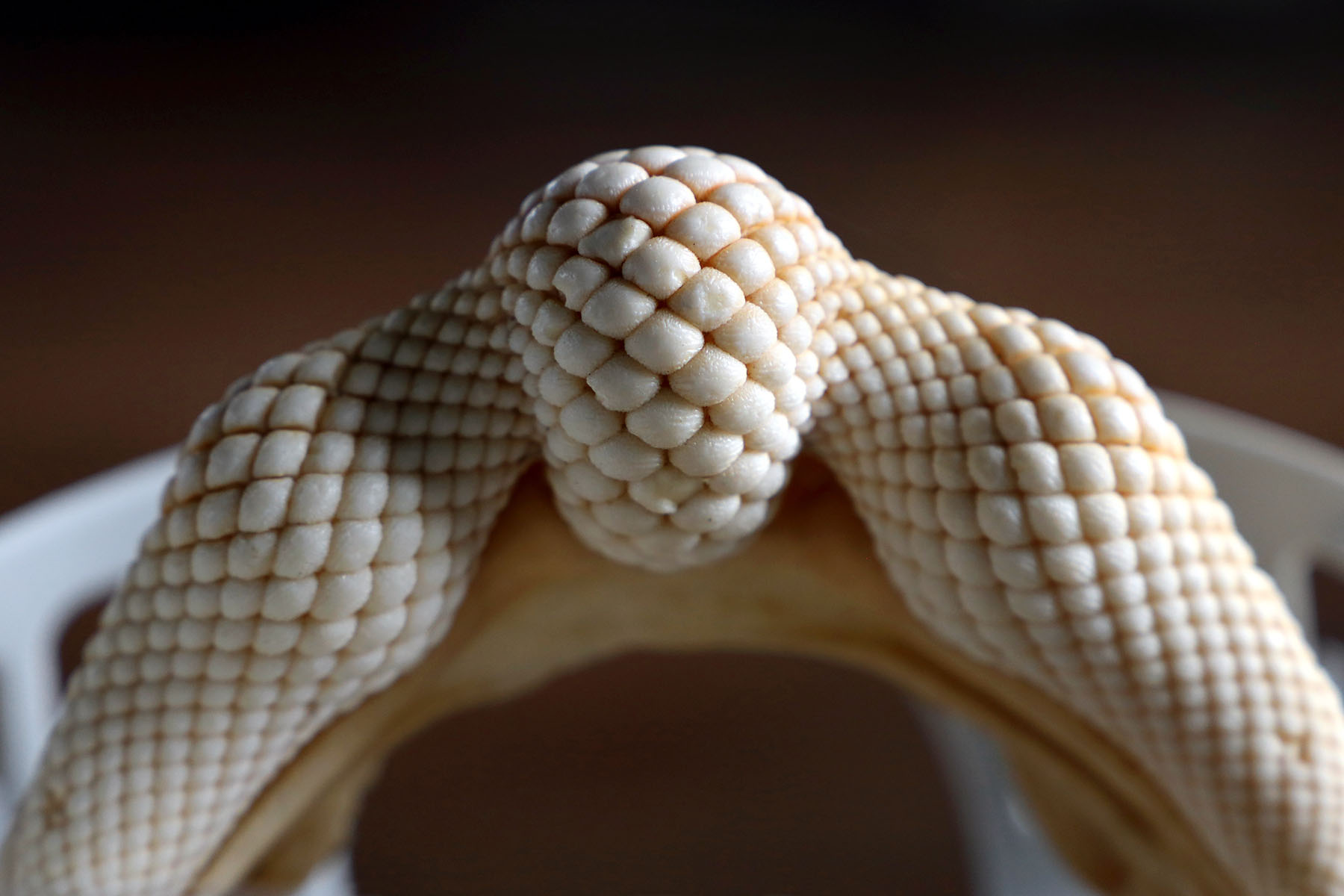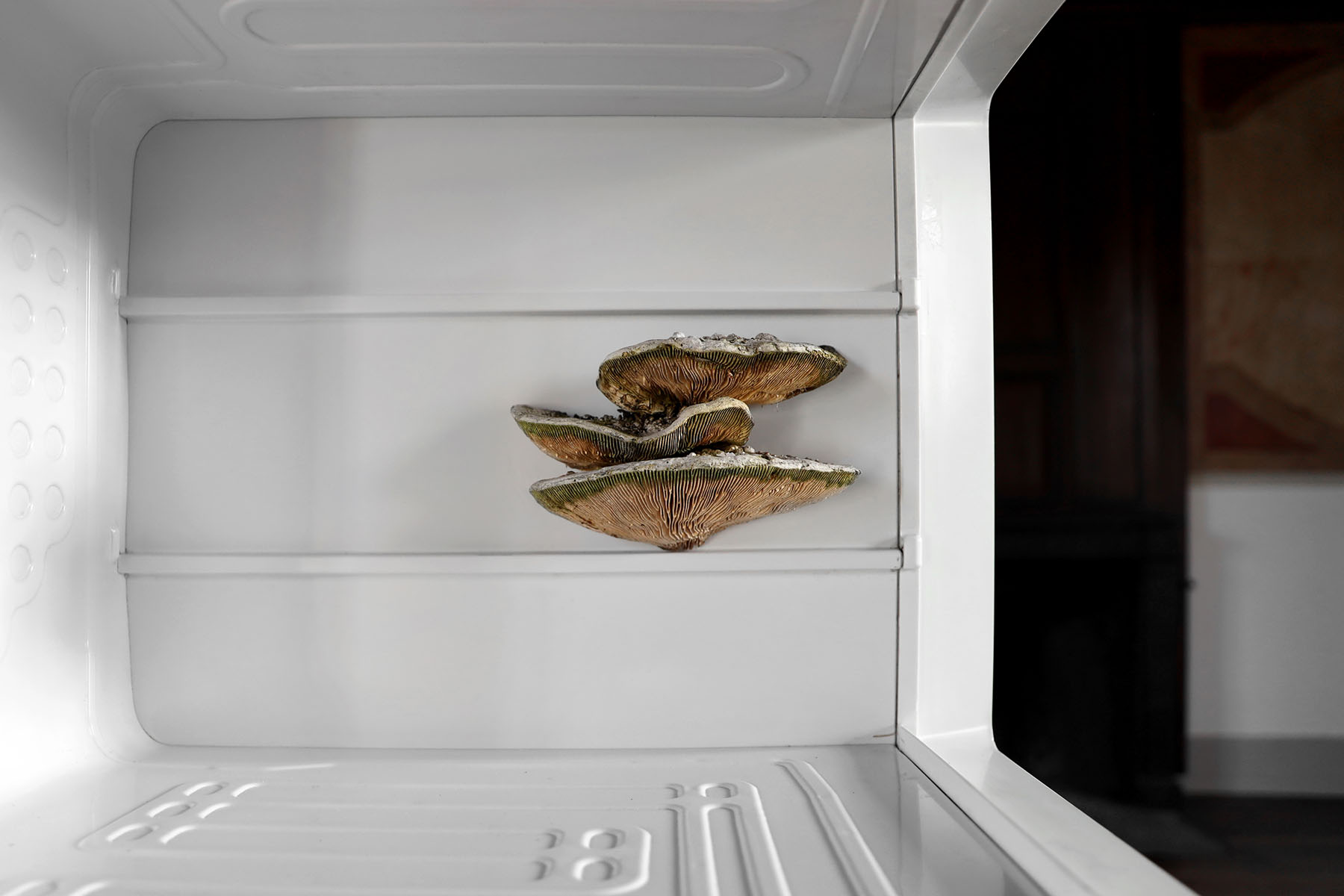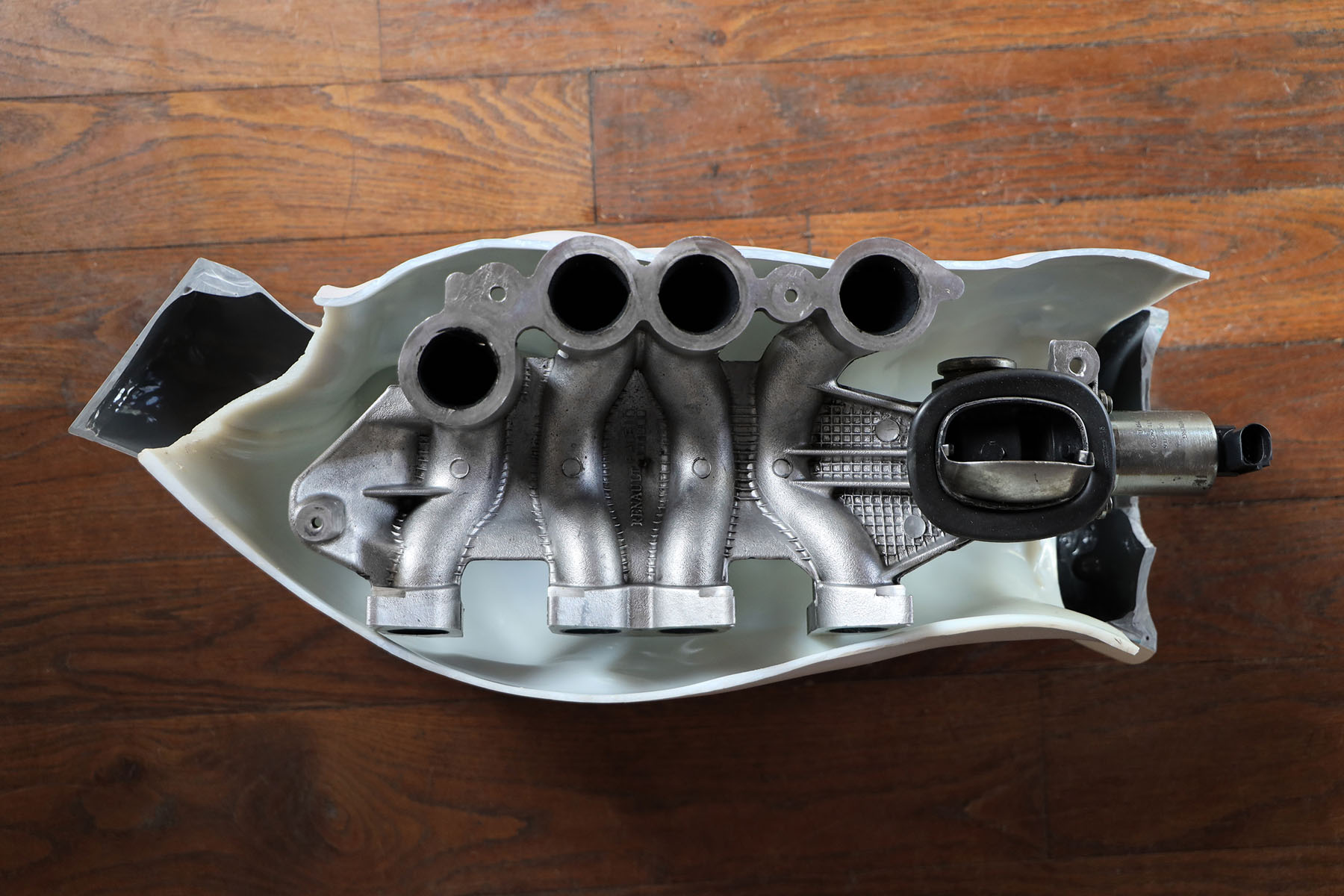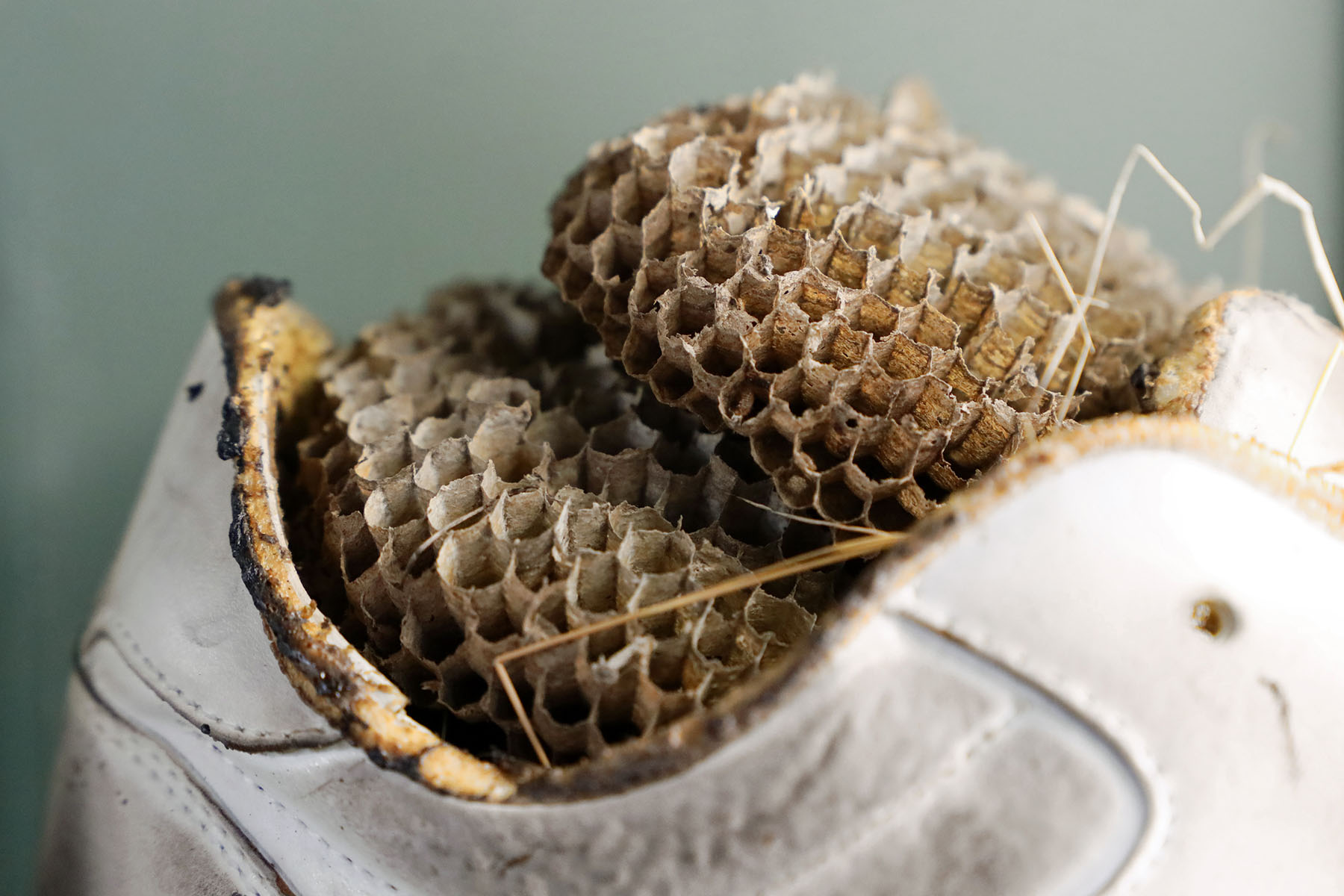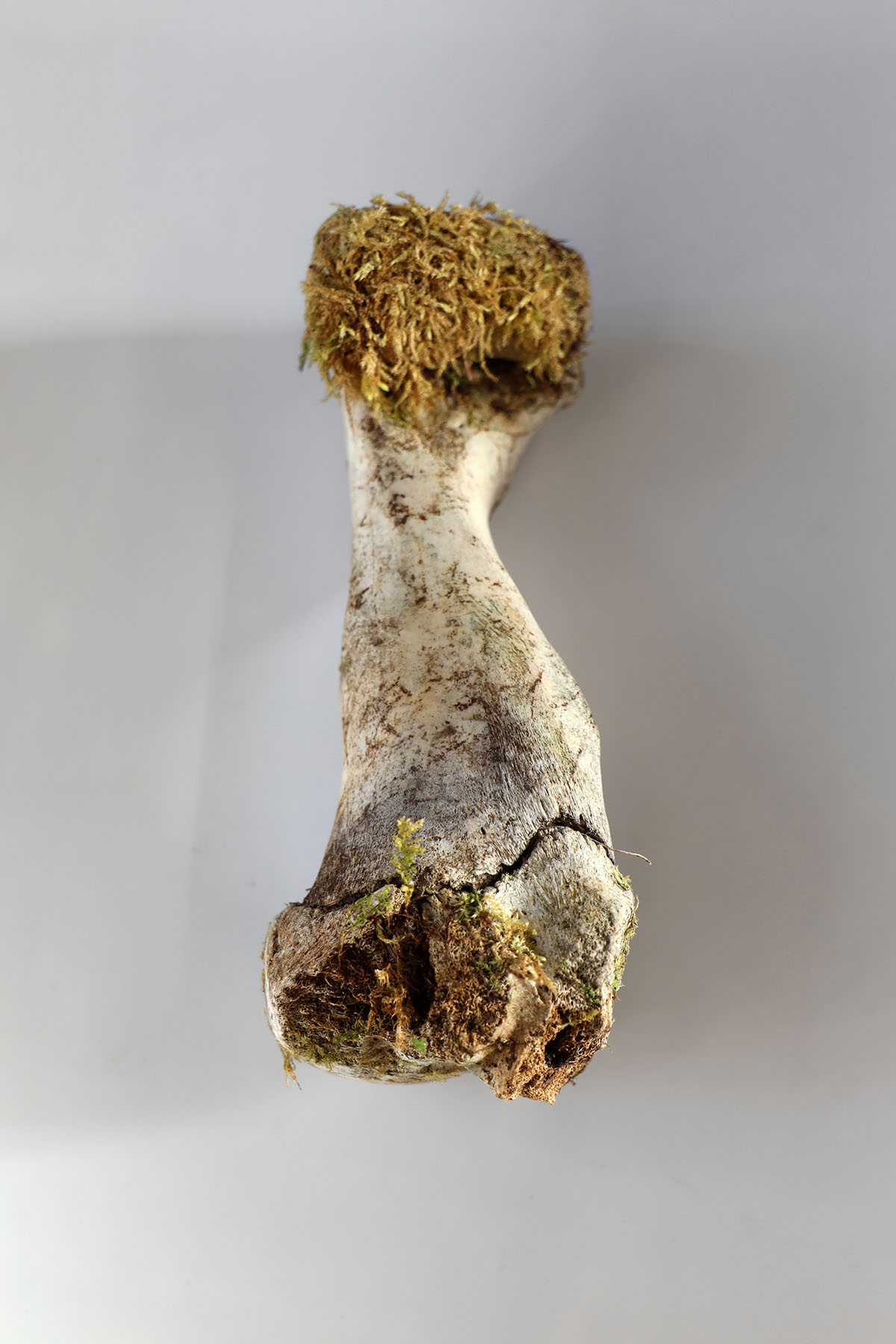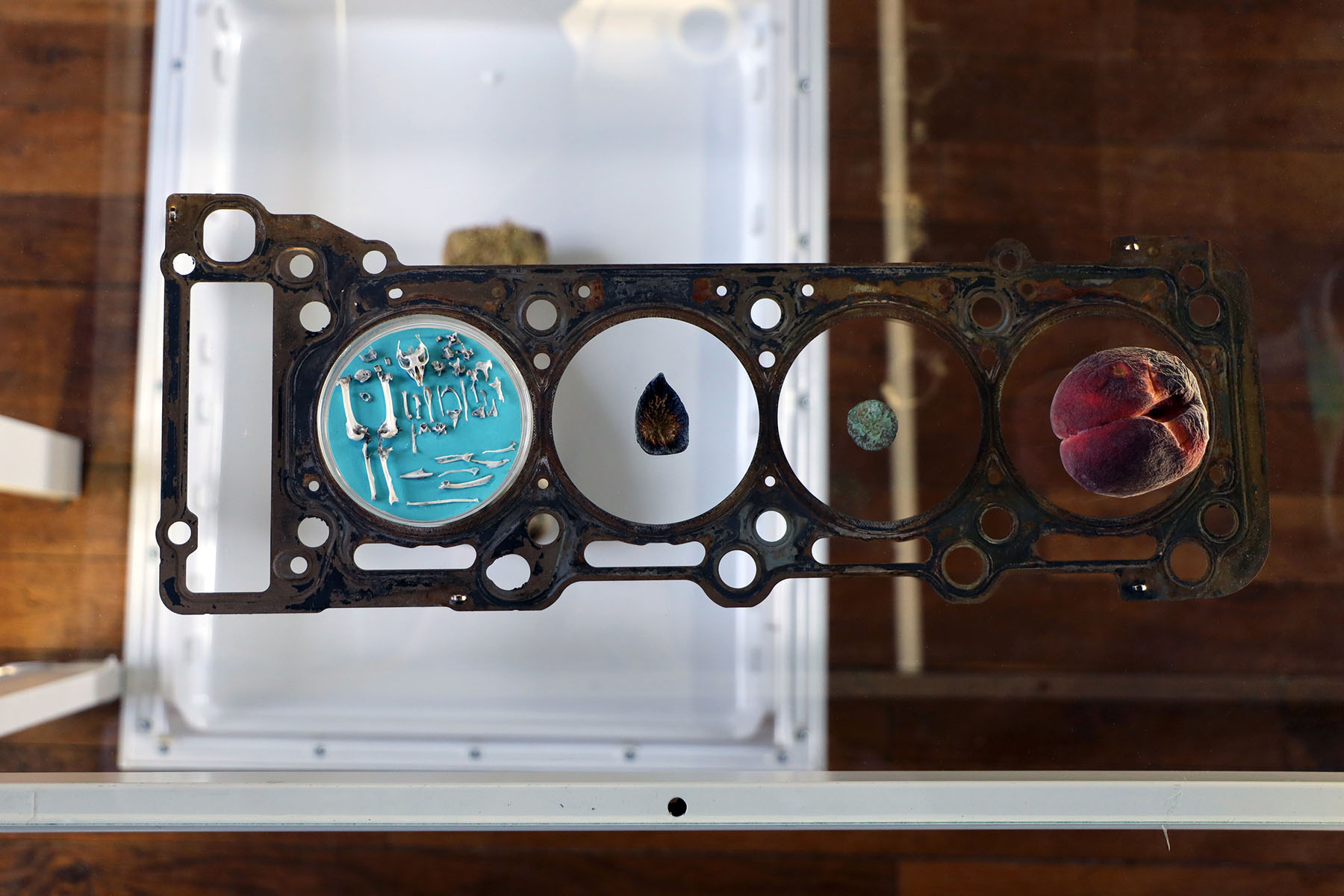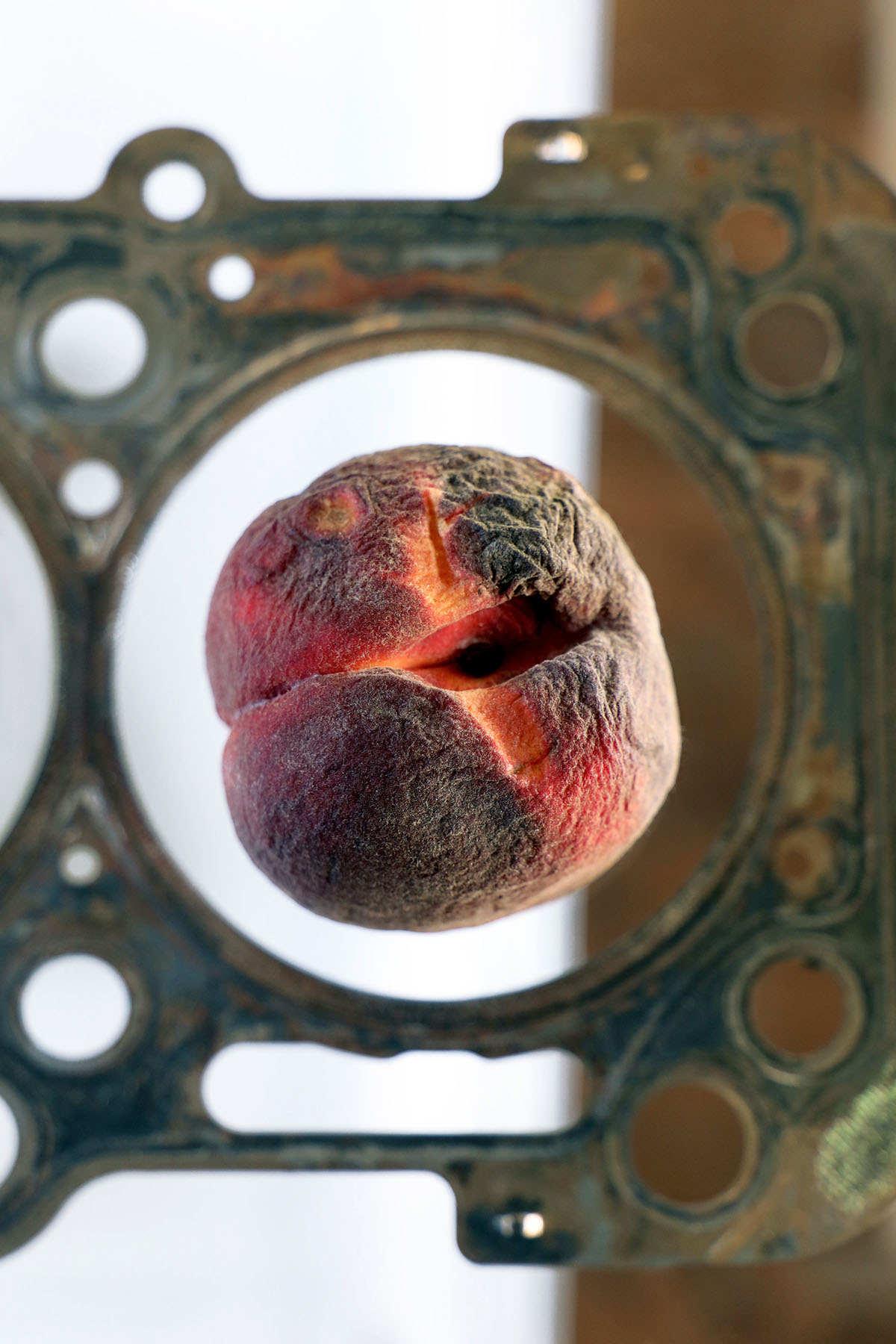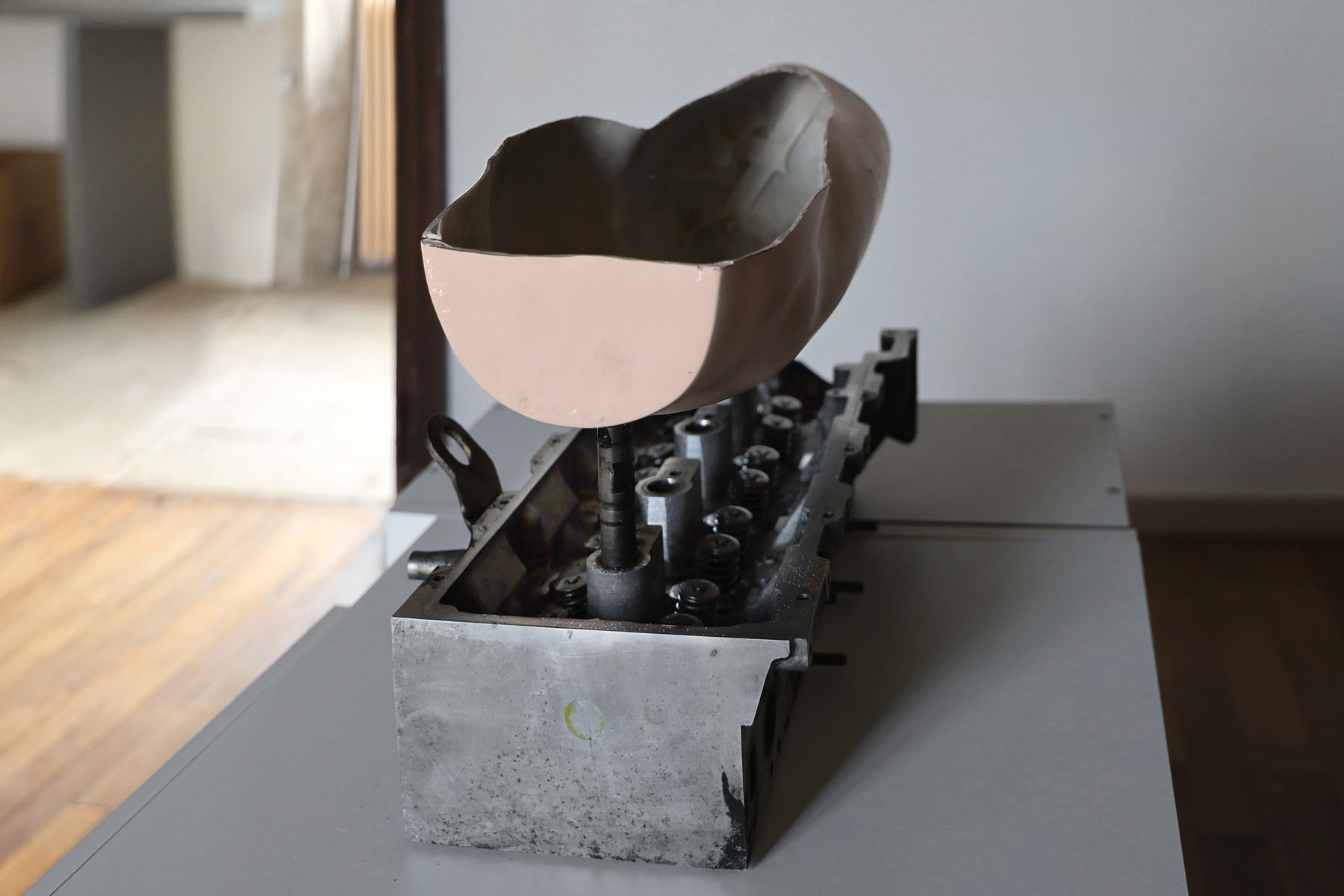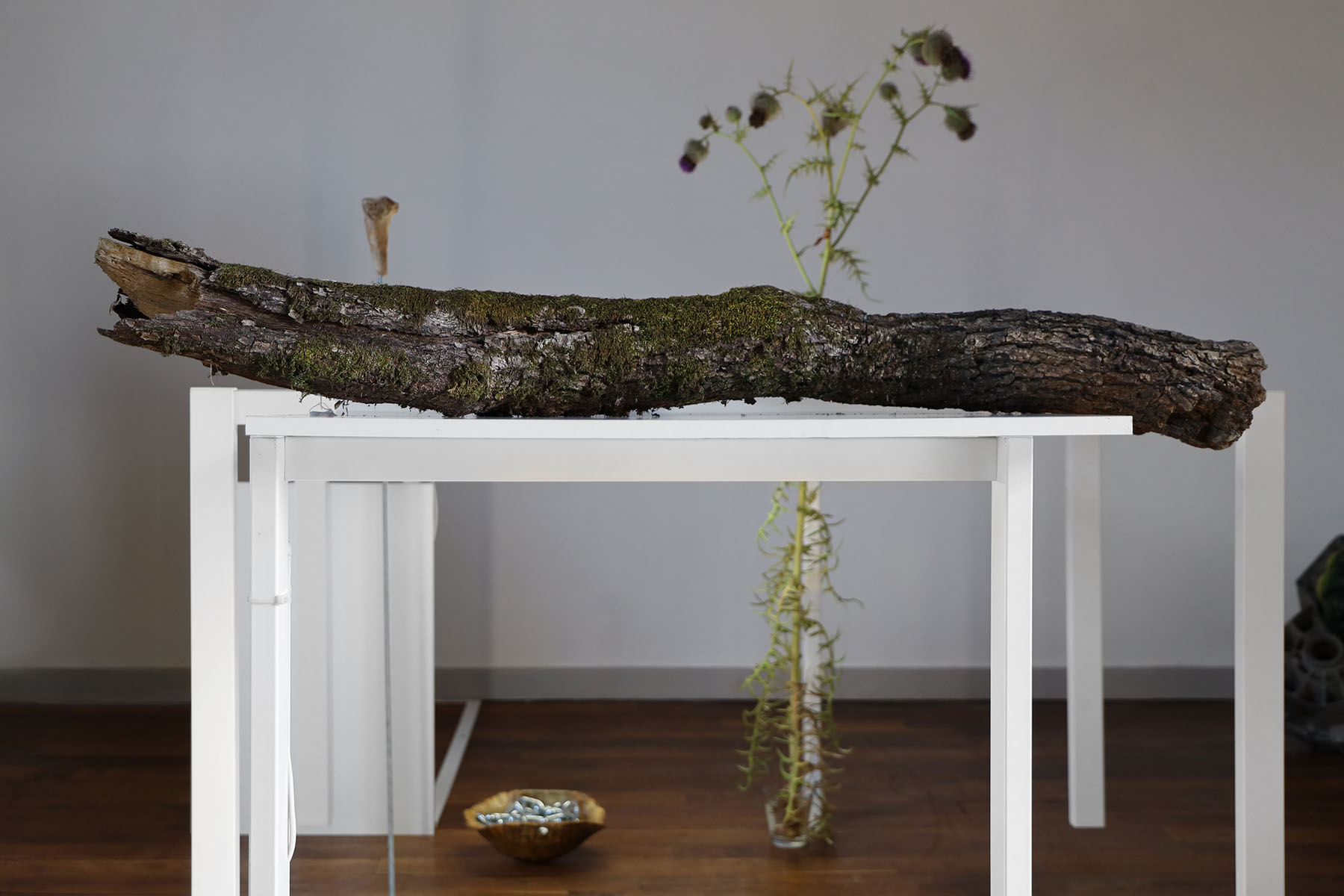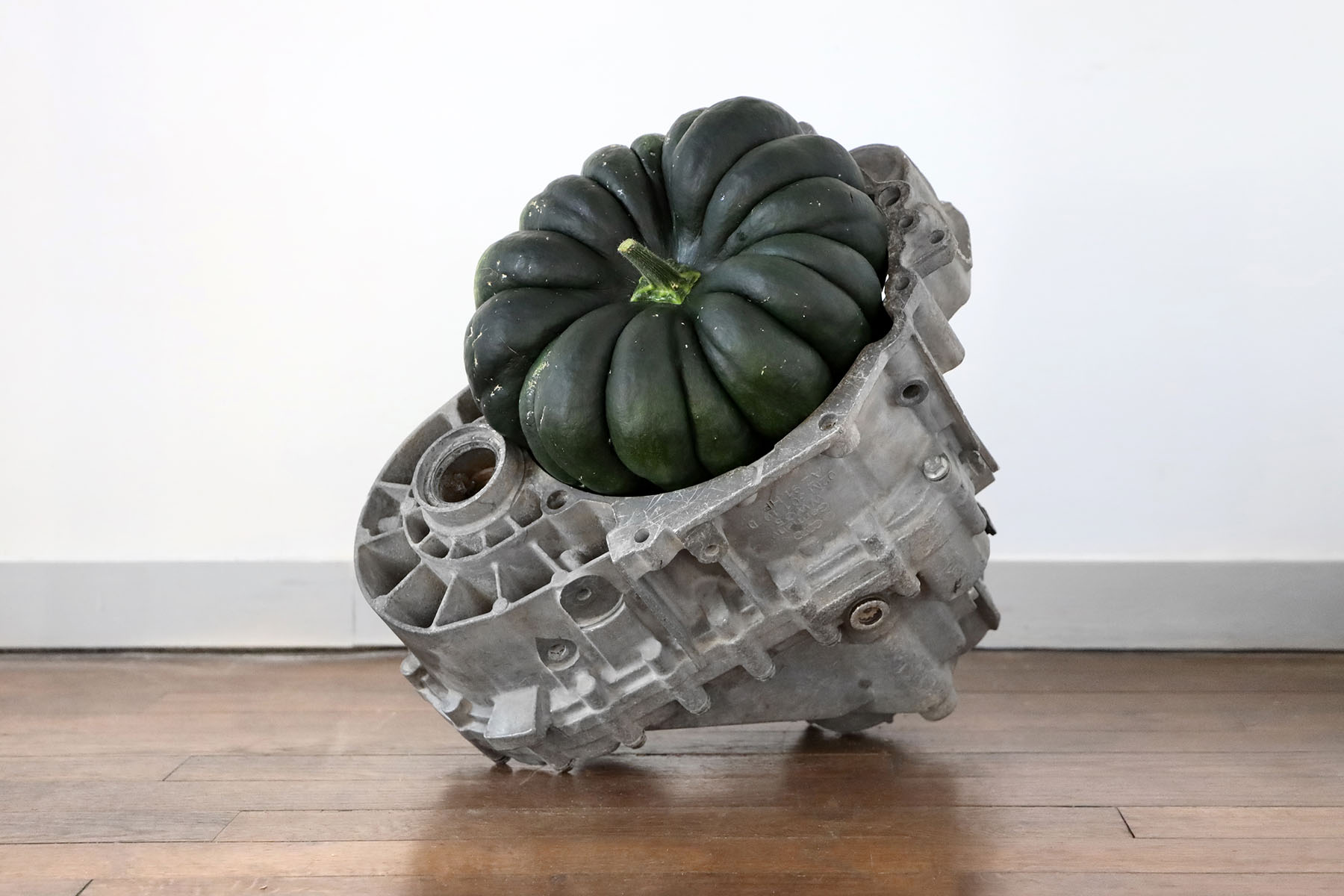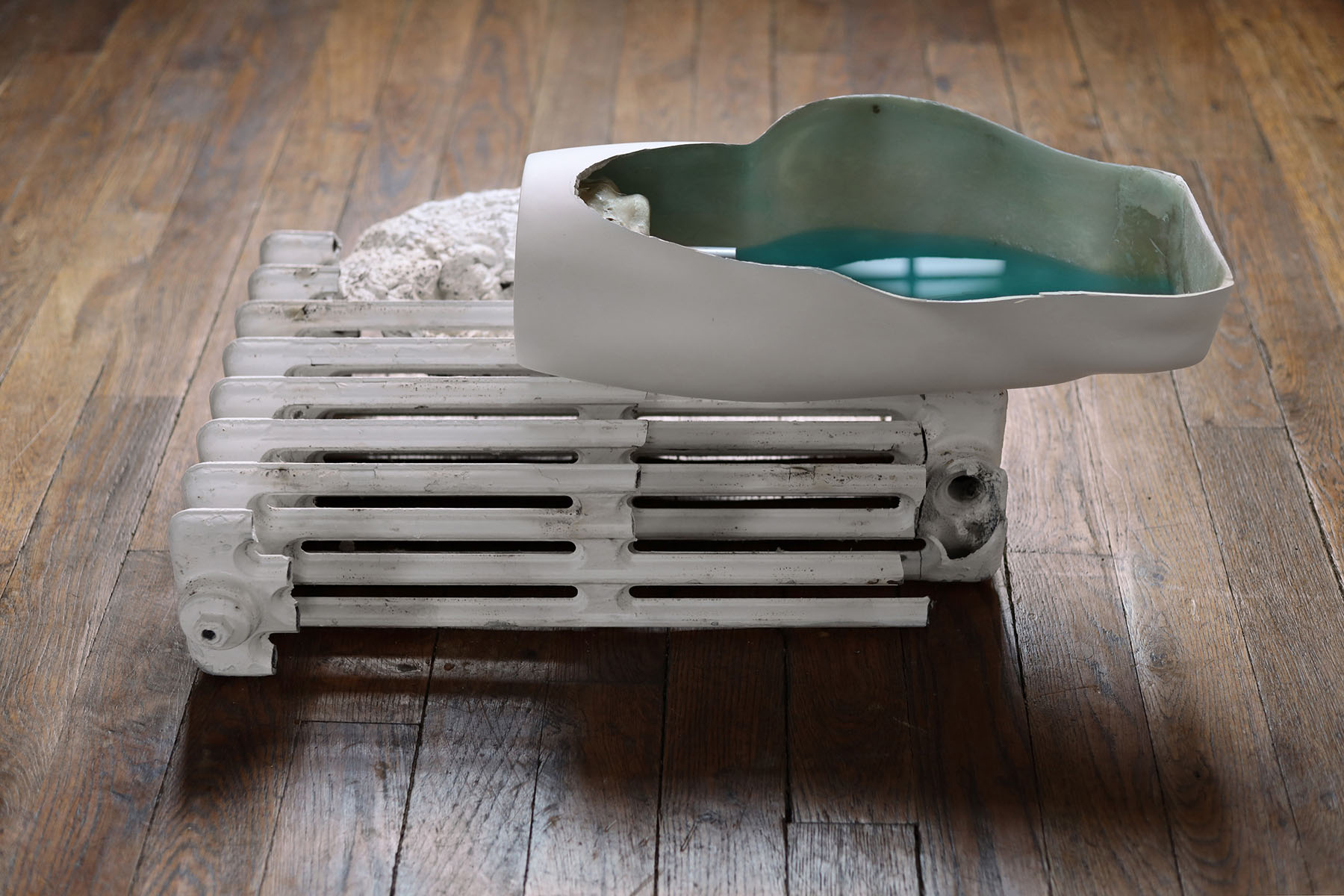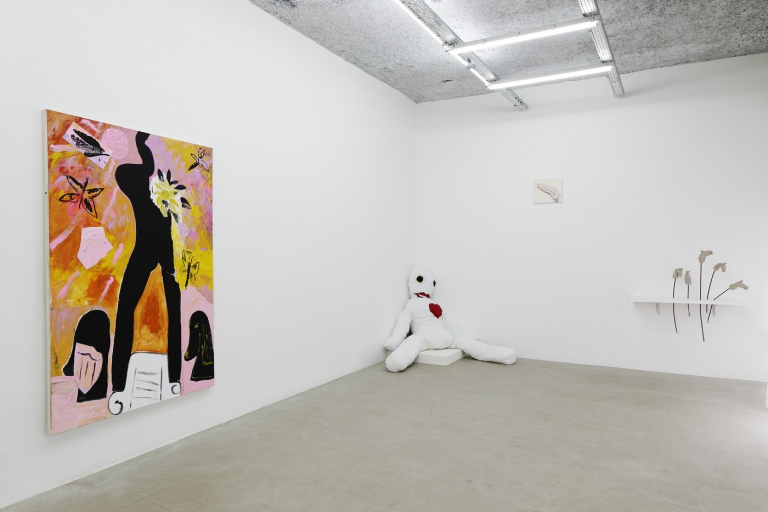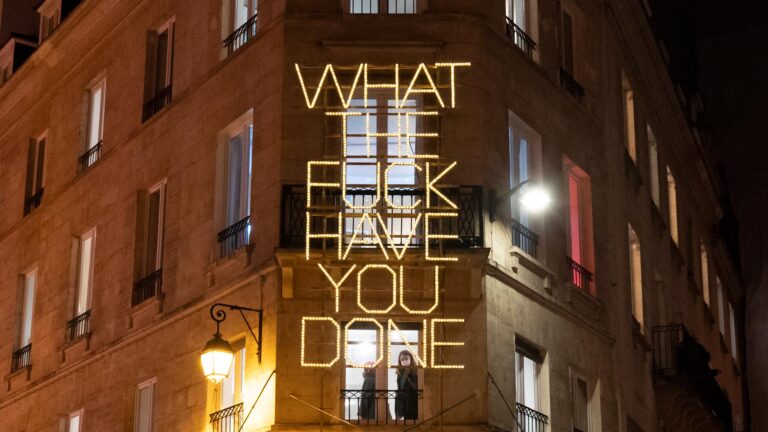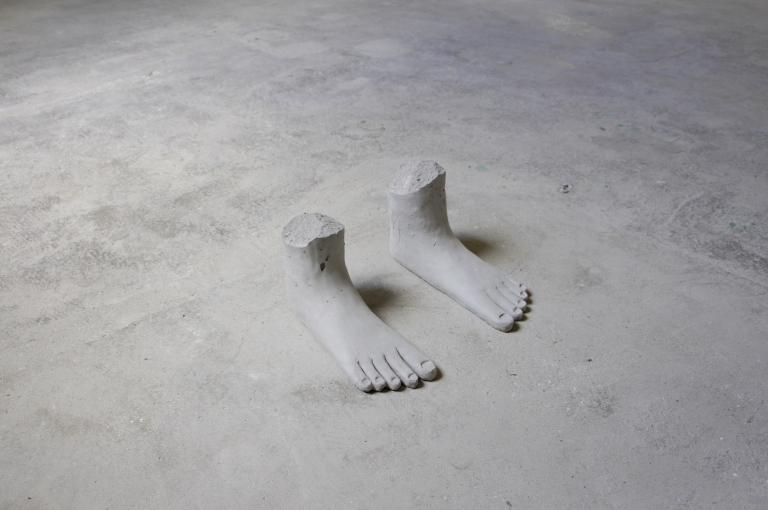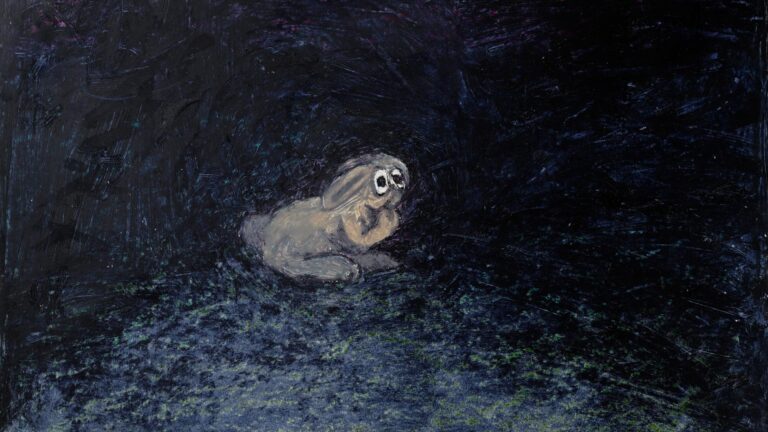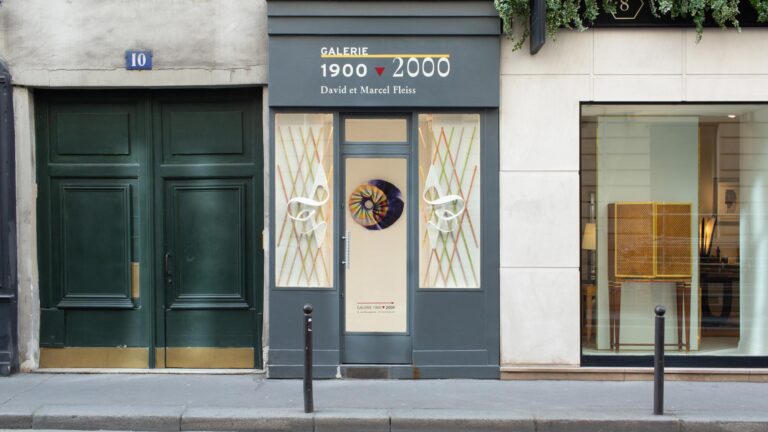Artist: Nicolás Lamas
Exhibition title: Liquid Bones
Venue: Château La Borie, Solignac, France
Date: August 22 – October 25, 2020
Photography: Josépha Blanchet / all images copyright and courtesy of the artist and Château La Borie, Solignac
In the organic world, soft tissue (gels and aerosols, muscle and nerve) reigned supreme until 500 million years ago. At that point, some of the conglomerations of fleshy-matter energy that made up life under-went a sudden mineralization, a new material for constructing living creatures emerged: bone. It is almost as if the mineral world that had served as a substratum for the emergence of biological creatures was reasserting itself, confirming that geology, far from having been left behind as a primitive stage of the earths evolution, fully co-existed with the soft, gelatinous newcomers. Primitive bone, a stiff calcified rod that would later become the vertebral column, made new forms of movement control possible… and yet bone never forgot its mineral origins: it is the living material that most easily petrifies, that most readily crosses the threshold back to the world of rocks. For that reason, much of the geological record is written with bone fossil. About 8000 years ago, human populations began mineralizing again when they developed an urban exoskeleton, bricks of sun-dried clay became building materials, stone monuments and defensive walls. This exoskeleton served a purpose similar to its internal counterpart, to control the movement of human flesh in and out of the town walls.
Manuel DeLanda, A Thousand Years of Nonlinear History









